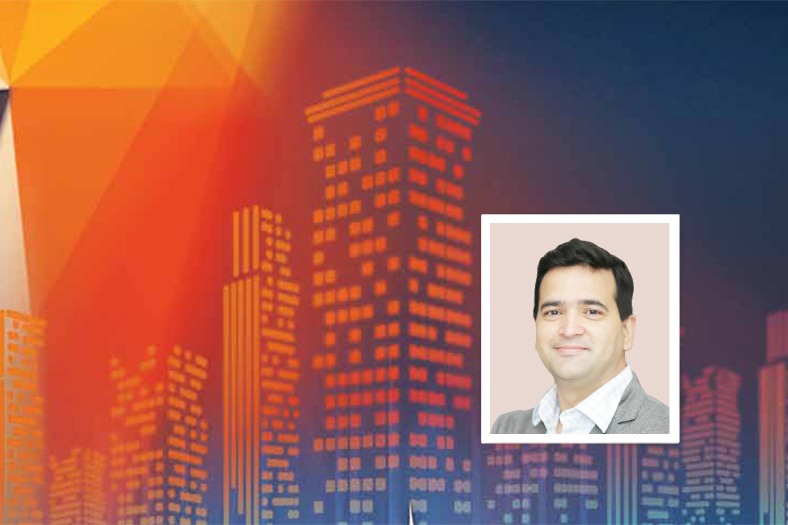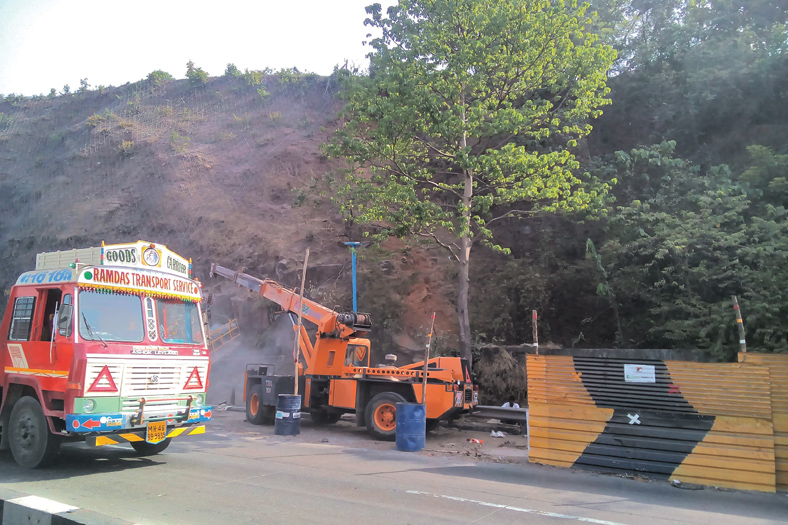Connected Lighting to revolutionise building space

The world clearly needs more energy efficient light and it is a trend that hugely impacts our work simply because lighting accounts for more than a fifth of the world’s electricity consumption.
Sumit Joshi,Vice Chairman and Managing Director, Philips Lighting India
Technology is a key enabler in making cities, buildings and public infrastructure more sustainable in the long term. Lighting is an integral part of any building or city’s infrastructure and hence can play an important role in creating sustainable structures. With the introduction of energy efficient LEDs, the power consumption of lighting has been significantly reduced as compared to conventional lighting.
This can be further reduced with the use of connected LED lighting that can also be monitored and controlled remotely by city administrators. This significantly reduces the overall carbon footprint of lighting, as lighting can be dimmed or illuminated based on the consumption patterns of a city or a building. When not in use, the lighting can be dimmed, thereby significantly reducing the overall energy consumption.
Role of technology in making sustainable structures
According to Sumit Joshi, Vice Chairman and Managing Director, Philips Lighting India, “Connected lighting can offer similar applications inside a building by integrating seamlessly with the IT systems in the building. Each luminaire in the system sends and receives data, serving as a pathway to deliver value to employees, CIOs and facilities managers. Managers can track occupancy patterns, changes in temperature, light levels, and much more while employees can personalise the lighting around their desks. The system allows maximum visibility and better control, and allows offices to reduce energy consumption. While typically lighting is responsible for 40 per cent of a building’s electricity use, IoT enabled lighting can dramatically reduce this energy consumption.”
Currently, around 15 per cent of global electricity demand is for lighting and a global transition to LED and connected lighting technologies, where LED lights are connected and controlled wirelessly via Cloud-based software systems, will reduce electricity consumed by lighting to 8 per cent by 2030, thereby contributing towards creating a sustainable planet.
Philips’s technology for the future
The world clearly needs more energy efficient light and it is a trend that hugely impacts our work – simply because lighting accounts for more than a fifth of the world’s electricity consumption. Consumers in India are increasingly becoming more conscious of their responsibility towards the environment and hence switching to energy efficient lighting. Philips’s lighting systems and solutions aims to save energy, create safer and more liveable cities, boost office productivity, help people learn and heal, help grow food and alleviate light poverty. Some of these systems are detailed below:
Philips Hue is the world’s smartest web-enabled LED home lighting system, which signals a new era in home lighting. It allows users to control their lighting using their smartphone or tablet. This technology has become an integral part of smart homes as Philips Hue offers endless possibilities to consumers to get creative and personalise lighting to suit their family lifestyle. It is the perfect lighting innovation to create the perfect ambiance or create lighting recipes to suit your daily set of activities. “Philips Hue White Ambiance is our latest extension of the Philips Hue range. It enables users to select the right light level and colour temperature of white for each of their daily tasks and routines, thereby helping to promote health and wellbeing,” says Joshi.
Philips CityTouch connected lighting management platform, wherein each light point can be connected and performance data can be sent through existing cellular networks to the city’s lighting office (Industry & Energy Department) or operator. The data can then enable the city officials to efficiently monitor the city’s lighting infrastructure and remotely manage illumination levels to match different needs by district. Philips CityTouch provides full visibility and control of a city’s street lighting from a centralised dashboard, allowing city officials to securely monitor light points, set schedules, and adjust light levels on demand. Data encryption and two-factor authentication ensure the software meets the most stringent security standards.
Philips Lighting PoE (Power over Ethernet) Connected lighting system for offices gives workers control over their office lighting using their smartphone. Additionally, building managers can now monitor energy usage and occupancy data to control other facilities such as air conditioning, heating, meeting room availability etc. At the same time, it improves employee comfort and productivity by giving them more control over an open plan environment.
Cookie Consent
We use cookies to personalize your experience. By continuing to visit this website you agree to our Terms & Conditions, Privacy Policy and Cookie Policy.









